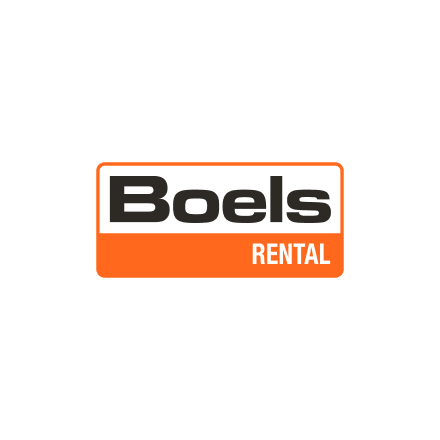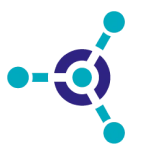For now, the data engineers are the only ones at Boels using Coalesce because they possess the knowledge and experience required to build the Data Vault. “We have one rule,” explains Knoops. “Everything needs to flow via the Data Vault, and the Data Vault needs to be done via Coalesce.” There are always exceptions, adds Goudzwaard, “but we try to limit those as much as possible because everything that we cannot build in the Data Vault using Coalesce is seen as technical debt.”
Because Coalesce automatically creates Snowflake-optimized code, Goudzwaard and Knoops have been able to standardize their workflow and avoid the time-consuming, error-prone practice of manually scripting everything and having to continually adjust it. Says Goudzwaard, “How many times do you get a strange error when executing a query in Snowflake, and it turns out you just missed a comma or semicolon somewhere? We don’t have that problem with Coalesce—we just add the node, change some settings, and we’re done.”
“If I do a new extraction in Fivetran, we get the new schema in Snowflake—say it’s 100 tables—then with Coalesce I am able to create views on all these objects to use for data consumption, but also the Snowflake stream nodes and the persistent staging nodes, within 10 minutes,” he says. “When you’re working with plain Snowflake code, if you make a mistake and need to adjust it, it can take you more like two days.”
Goudzwaard and Knoops appreciate how Coalesce helps the team to scale by democratizing development. No matter which team member is creating something, whether it’s a data engineer or a non-engineer, Coalesce generates exactly the same code. “You can imagine all those different architects, different tools, different people with different capabilities,” says Knoops. “That’s a lot to maintain, but moving toward one tool stack that includes Coalesce gives you repeatable pattern blocks that you can constantly reuse—whoever the engineer is. This means the output is always the same. And that’s the standard way of working or at least the standard patterns that we really like with Coalesce.”
Goudzwaard agrees: “With the drag-and-drop system, you enforce a certain way of working. You no longer need to type all the code yourself, and if you want to know what’s happening, you can just check out the node definition. You get all of the benefits with none of the work.”
As for future plans, Goudzwaard says that the team will strive to expand on what they already have: “We’re going to add to the Data Vault, add more data models, build out the common data model, and in the meantime also start integrating new companies. With Data Vault, the larger your vault is and the more tables you have modeled, the easier it will be to create new data models. And that’s something that Coalesce can really help us with.”
For newly acquired companies located in countries where Boels does not yet have a presence, the team will let those companies continue to use their legacy systems at first. “Of course, all those companies have new source systems, so that’s something that you need to harmonize—that’s Data Vault work. But, of course, our management wants to see that revenue in their dashboards. So we need to get that data from the source system and add it to the data model.”
Goudzwaard also sees Coalesce playing a key role in helping the data science team with their predictive modeling initiatives. Today, his team supplies data sets to the data science team, who are also migrating their environment to Snowflake and starting to use Snowpark. “We use Coalesce to create the data model for them and set everything up for them to use,” he says. “And hopefully in the future we can also start deploying models using Coalesce.”
Some use cases for predictive modeling would be product recommendations or additional equipment recommendations based on what other customers are renting and using for their projects. “Of course, with such a big fleet of equipment, the Holy Grail would be predictive maintenance,” adds Knoops. “Use all that IoT and telematics data to fix items in your fleet before they get rented out, which becomes costly. That’s one of the exciting features we hope to develop in the near future.”






